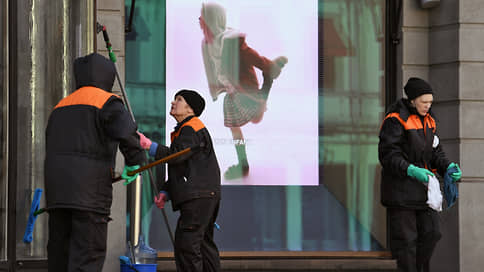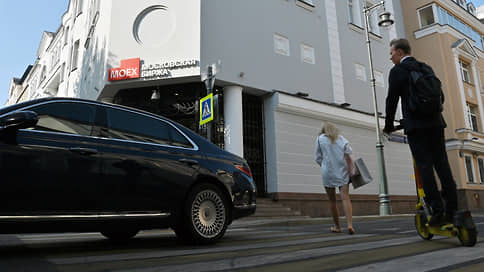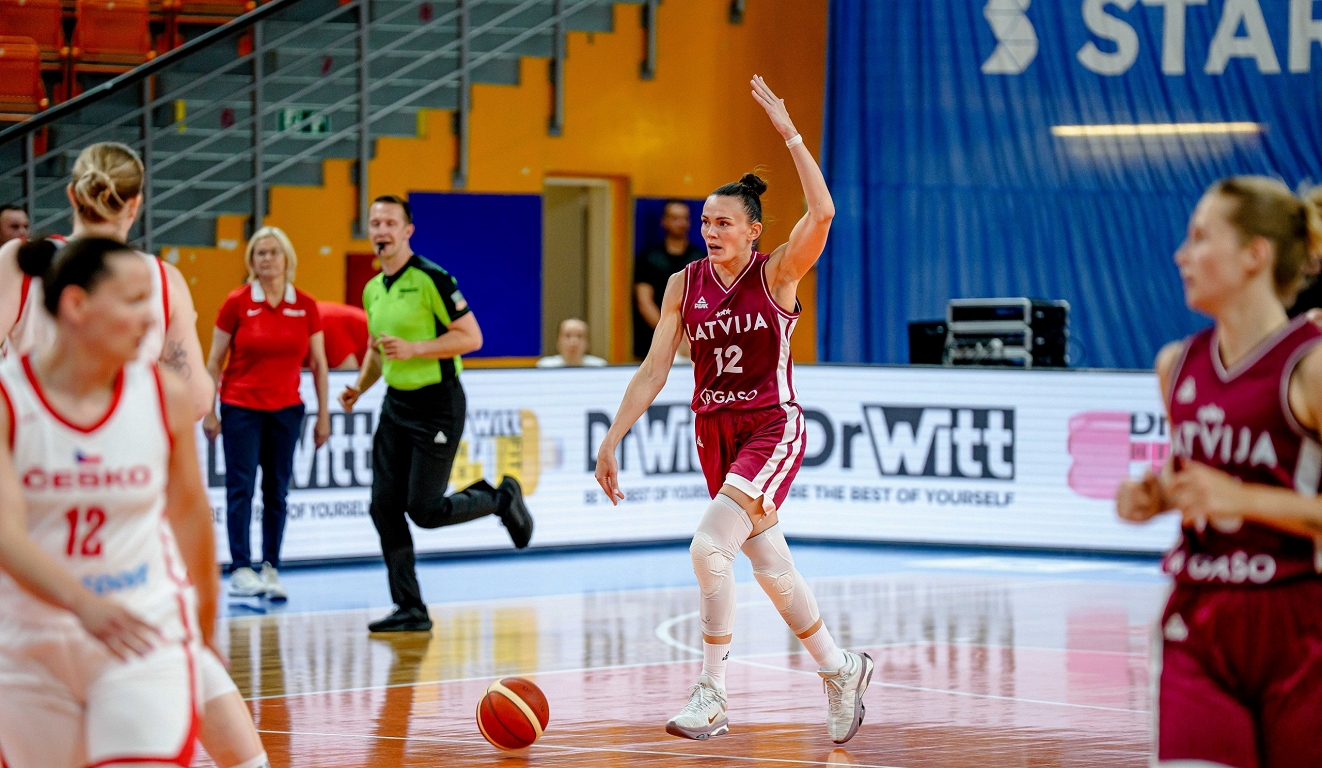In 2025, 46% less fashion stores will open on Moscow shopping streets

Russian fashion companies reduced activity in the Street-rhythyl market. For the entire 2025, no more than 30 new stores will open on the key trading streets of Moscow-this is 46% less than in 2024, consultants predict. This is due not only to a small volume of free space, but also with the reluctance of new brands to risk finances when opening a separate store. Such retailers prefer to start their business with accommodation.
In 2025, 46% less fashion stores will open on Moscow trading streets than in 2024, the NF Group consulting company says. According to analysts, no more than 30 new stores will start in the Street Rice market in the capital, it was 44 a year ago.
The key reason is in the low share of free space in the central trading corridors of Moscow in conditions of high demand for accommodation in such locations, says Irina Kozina, director of the NF Group Street Restinal.
By the end of 2025, a vacancy in key trading streets in the capital will decrease by 1.9 percentage points by a year by a year, to 6.5%, it is predicted in the consulting company IBC Real Estate.
The growing costs are also affected by high rental, logistics, repair and operation rates, said Julia Kuznetsova, director of the Department of Trading Real Estate of the Nikoliers Consulting Company. Another factor is a decrease in the margin of offline projects, since consumers are increasingly making shopping online, the expert adds. Many brands prefer to launch their first stores in shopping centers before entering the Street-Rynitual market, adds Julia Kuznetsova.
In addition, the reduction in the number of discoveries on trading streets is associated with a slowdown in the entry of new brands to the market, says Evgenia Prilutskaya, head of the core.xp consulting company. In January -March of 2025, the number of brands entered the Russian market decreased by the year, to nine new brands, CMWP consulting company Andrei Shuvalov calculated the head of the marketing research department. According to his forecasts, by the end of the year, the indicator will decrease by 57% a year by the year.
Foreign companies traditionally rely on the placement in the premises of the Street-rhythm. But now their share in the total volume of tenants of such real estate in Moscow does not exceed 9%, this indicator was 19%before the pandemic and leaving the Russian Federation, the head of the IBC Real Estate research department, Ekaterina Nogai, notes. Such a trend is also fixed in St. Petersburg, where foreign stamps occupy about 20% of the space, Yulia Kuznetsova calculated. The number of such retailers will continue to decline as the brands that have temporarily suspended their activities in Russia will end in lease, explains Mrs. Nogai. There are only 12 such companies, among them – Chanel, Gucci, Tiffany & Co, Prada, Dior and Hermes.
Prior to the departure of the largest international companies from Russia, central trading streets were considered the main location for the placement of international heavy luxury brands, but now the situation has changed.
Now in such places there are mainly stores of Russian jewelry houses or multi -brand projects, explains Irina Kozina. So, instead of the Italian brand store, Brunello Cucinelli, a boutique of Russian 12 storeez appeared in the Storeshnikov Lane, and the local Belle You linen brand opened on the former areas of the French Dior.
According to experts interviewed by Kommersant, the current market conditions is unlikely to change. The level of vacancy, Evgenia Prilutskaya believes, will not change significantly, since there is practically no new construction in this segment.








